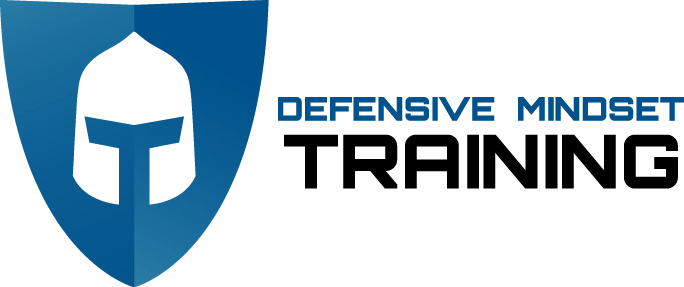Sometimes I receive emails like this. Look familiar to you?
"I think my eyes are changing at 58 yrs old. I seem to be having trouble sighting in my Glock 34. I had it, then messed it up trying to “improve my accuracy”. I find conflicting answers on the internet.
Q: If my shots are hitting slightly to the left, do I move my rear sight to the right or to the left (my front sight is fixed)?
I am hitting mostly straight left, slightly down. Like 8:00 or 8:30 hits."
I like when when people reach out to me with this type of question, as it addresses a very common problem that's more complicated than it first appears. People often assume that an issue like accuracy can be fixed by just checking "the internet." If the shots are off in a consistent way, it's got to be equipment failure so it should be quick and easy to get back in alignment.
Well, I'm about to burst your bubble - it's probably not your gear, it's you. And there are strategies to fix it, but you won't always find them in an internet search.
Here's an example of what might be causing this problem, and how I'd recommend fixing it.
Below is the target of a student who watched the Concealed Carry Master's Course and kept telling me that SMT's method didn't work on Sig handguns. This was her proof:
This is a picture of a human silhouette with a bullseye target in high center of chest. All the shots are to the left, and trending down.
The aim is consistent, but it reveals a couple serious problems that this shooter is struggling with - not equipment failure, or CCMC's inability to function with Sig handguns.
Let me explain.
To help this student, I made some important corrections.
The first should be noted by the RED CIRCLE. This indicates a flinch.
Since she's a right handed shooter, this error is noted in the pattern of the shots, where everything is diving downward and to the left.
A flinch is a terrifically hard error to fix, as it's a habit many of us have dealt with for years. With proper instruction and significant training, you can learn to "feel" the flinch and you can correct it.
It's important to address this underlying issue rather than realigning your sights to compensate. You won't always have access to your specially-tuned handgun in an emergency, and I personally wouldn't feel safe if I could only shoot accurately when using one particular handgun.
If your groupings at the range look like this, you need to check out the Drill of the Week #27, #28, and #29. Practice with these drills and over time you should see your flinch decrease and your accuracy improve.
The second correction should be noted by the BLUE LINE. This indicates a crush.
A crush is where the handgun is literally twisting in your hand as you press the trigger. You grab the gun and squeeze the life out of it, getting your whole hand involved in the pressure. Then as the finger arcs in the "squeeze," the angle on the trigger is off, causing the rounds to go slightly to the left (for a right handed shooter).
Once a shooter starts to develop good technique, they almost invariably start to crush the handgun. You see, as they start trying to push for speed, the body will start to equate pressure on the pistol with an increase in speed, the end result is that the shooter begins trying to "kill" the gun with their grip. One step forward with technique... then one step back.
The way to check yourself for crushing is to look at the fingertips of your primary hand as you get ready to shoot. If the blood is being squeezed out of your fingertips, you're crushing. Relax your hands! Concentrate on the front and back strap of the grip, which will make your finger press flat and eliminate the crush.
While I hope you find this information helpful, I realize it's hard to explain when not in person. If you can, come to a class at SMT and we can help you fix these fundamental errors. And practice the Drills of the Week listed above. Remember that if you don't work the fundamentals, you'll never be ready for more advanced techniques.



